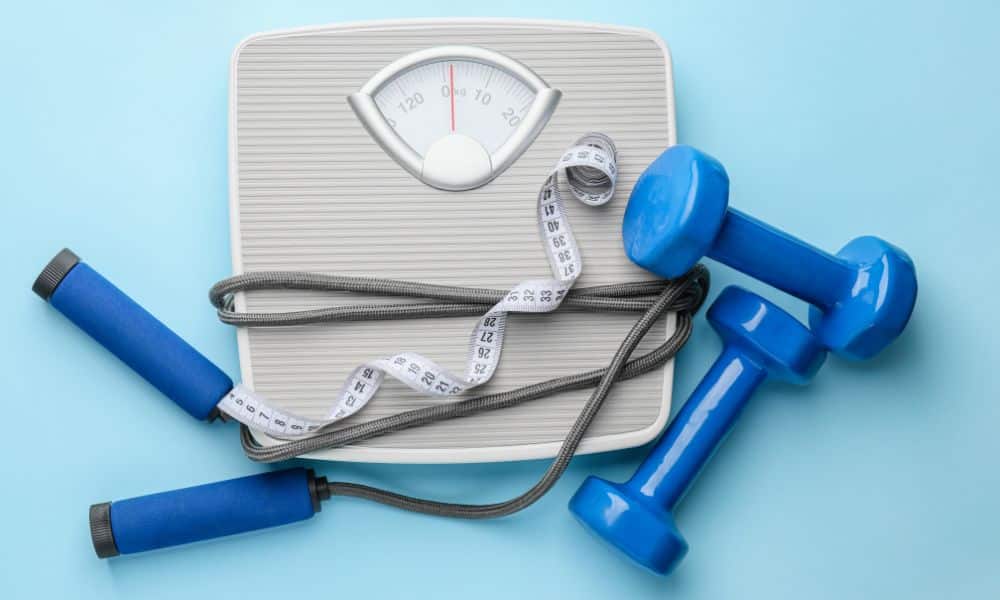Zone 2 training is a rising fitness trend combining fat loss and endurance development. This low-intensity cardio method taps into your body’s fat stores, offering a sustainable approach to weight loss while improving aerobic capacity. In this article, we’ll explore Zone 2 training, how it works, and how you can incorporate it into your fitness routine for lasting results.
What is Zone 2 Training?
Zone 2 training refers to a specific heart rate range, typically between 60-70% of your maximum heart rate. This zone is low-intensity, meaning you can sustain it for long periods while still burning a significant number of calories—primarily from fat. When you stay within this range, your body relies on fat oxidation as its primary fuel source instead of glycogen, making it an ideal approach for weight loss.
How to Calculate Your Zone 2 Heart Rate
To calculate your Zone 2 heart rate:
- Subtract your age from 220 to estimate your maximum heart rate.
- Multiply this number by 0.6 and 0.7 to determine your Zone 2 range.
For example, a 35-year-old would have a Zone 2 heart rate range of approximately 111-129 beats per minute. Staying within this range ensures that fat is used as the main energy source while building aerobic endurance.
How Does Zone 2 Training Promote Fat Loss?
Zone 2 training is highly effective for fat loss due to its reliance on fat metabolism. When you exercise at a lower intensity, your body has enough oxygen to break down fat for fuel. Over time, this leads to an improved metabolic rate, helping your body burn more calories even at rest.
Additionally, Zone 2 training can be done frequently without the risk of overtraining, as it is gentle on the body. Unlike high-intensity workouts that can lead to muscle fatigue and prolonged recovery periods, Zone 2 allows daily sessions, giving you more opportunities to burn fat consistently.
How to Implement Zone 2 in Your Workout?
Incorporating Zone 2 training into your fitness routine is simple. The key is to maintain a steady pace that keeps your heart rate within the Zone 2 range for an extended period. Here’s a step-by-step guide:
- Frequency: Aim for 2-3 Zone 2 sessions per week, each lasting 45-60 minutes.
- Activity: Activities like walking, cycling, swimming, or using a stationary bike are ideal for Zone 2 training.
- Duration: Try maintaining your Zone 2 heart rate throughout the session, focusing on long, slow, and steady movements.
Combine your Zone 2 training with strength training or high-intensity workouts on alternate days for best results. This will give you a balanced fitness plan that builds endurance and strength while promoting weight loss.
What are the Benefits of Zone 2 Training Beyond Fat Loss?
While Zone 2 training is primarily known for fat loss, it offers several other benefits that can enhance overall fitness:
- Increased Endurance: By improving your aerobic capacity, Zone 2 allows you to work out longer without fatigue. This benefit translates into better performance in all types of exercises, from running to weightlifting.
- Improved Recovery: Zone 2 training promotes active recovery by increasing blood flow to muscles without stressing them. This makes it a perfect addition to rest days.
- Enhanced Heart Health: Low-intensity cardiovascular exercise strengthens the heart, reducing the risk of cardiovascular diseases over time.
Sample Zone 2 Training Plan for Beginners
Here’s an example of a Zone 2 training session for someone just starting:
- Warm-Up: 5-10 minutes of dynamic stretching or light cardio to gradually raise your heart rate.
- Main Workout: 45-60 minutes of steady-paced walking, cycling, or swimming, keeping your heart rate between 60-70% of your max.
- Cool-Down: 5-10 minutes of slow walking or stretching to lower your heart rate.
As you become more comfortable, you can increase the duration or frequency of your Zone 2 sessions.
Zone 2 Training vs. High-Intensity Interval Training (HIIT)
While HIIT is well-known for its calorie-burning potential, Zone 2 training provides a more sustainable approach to fat loss, especially for those looking to avoid excessive stress on their joints and muscles. Both methods can be effective, but the choice depends on your fitness goals. If you aim for long-term fat loss and endurance, Zone 2 may be the better option as it minimizes injury risk and is easier to maintain consistently.
Conclusion
Zone 2 training offers a unique and effective way to lose fat and build endurance without exhausting your body. By incorporating 2-3 sessions per week into your fitness routine, you can steadily burn fat, improve aerobic capacity, and promote overall cardiovascular health. Whether you’re a beginner or an experienced athlete, Zone 2 training is a valuable tool for achieving sustainable fitness results.
Read Next…
- Rest and Recovery: How It Boosts Fat Loss and Muscle Growth

- Weight Loss and Body Transformation: Things You Need to Know

- Diabetes and Weight Loss – Things You Should Need To Know

- Simple Ways to Jumpstart Your Weight Loss Journey

- The World Series of Vegetables for Weight Loss: Which Ones Help You Burn Fat?

External Links:




